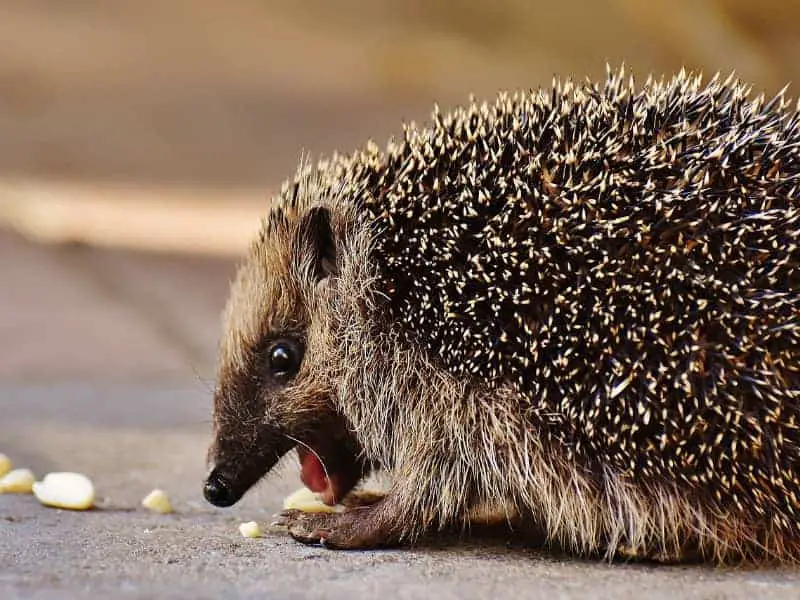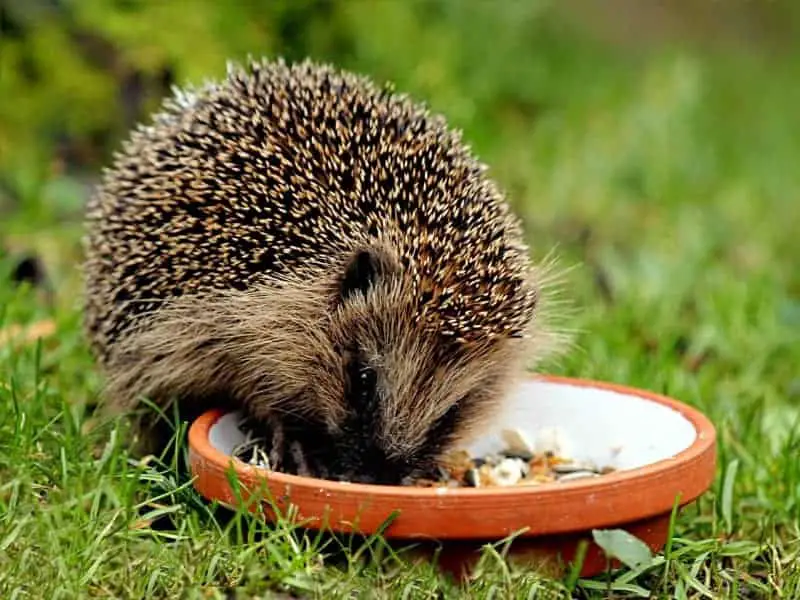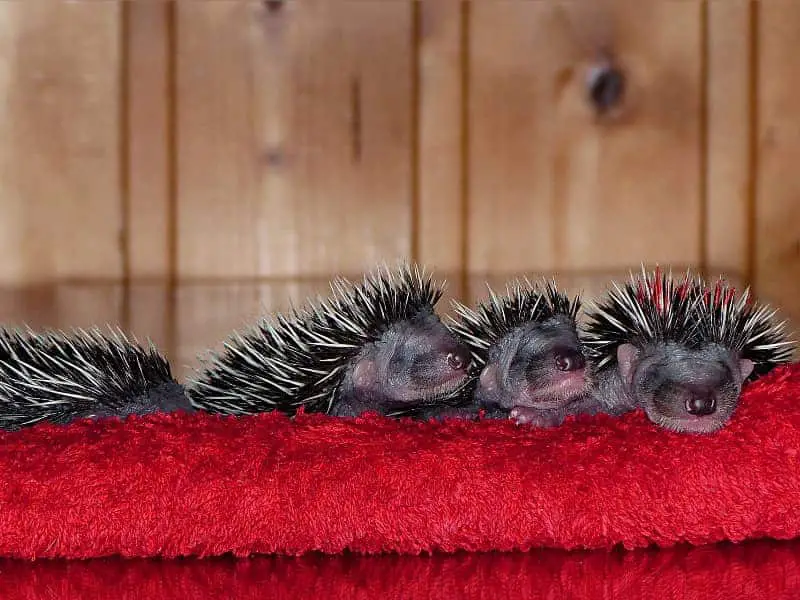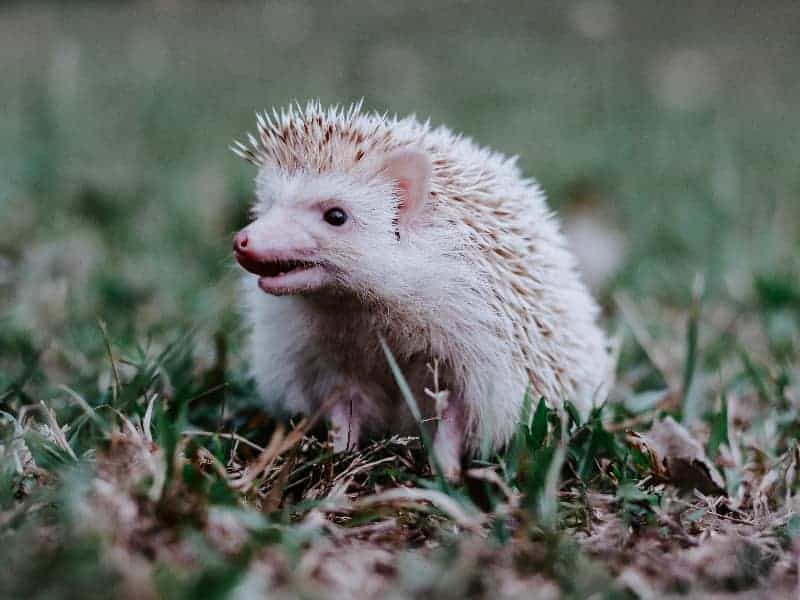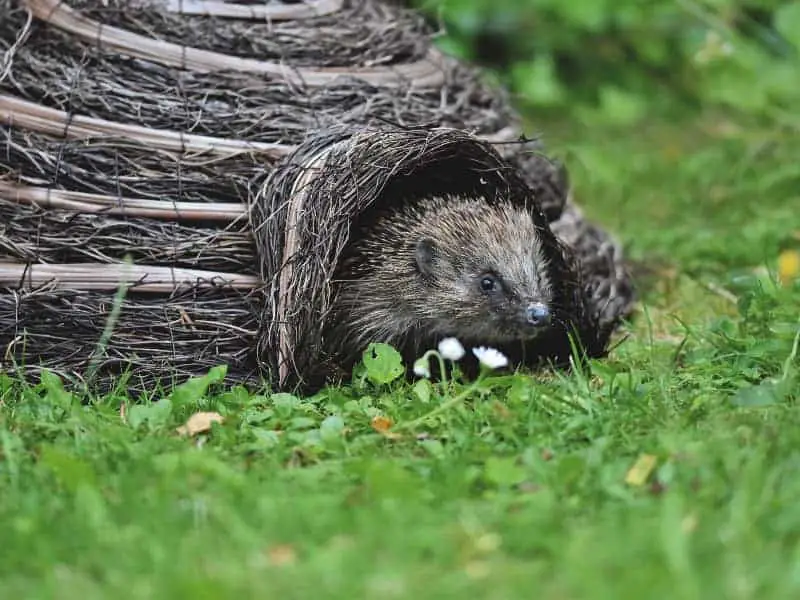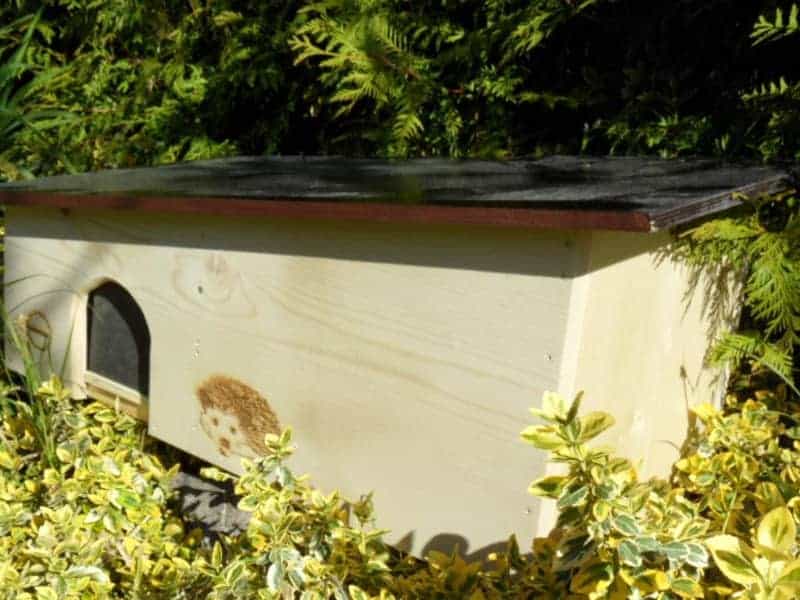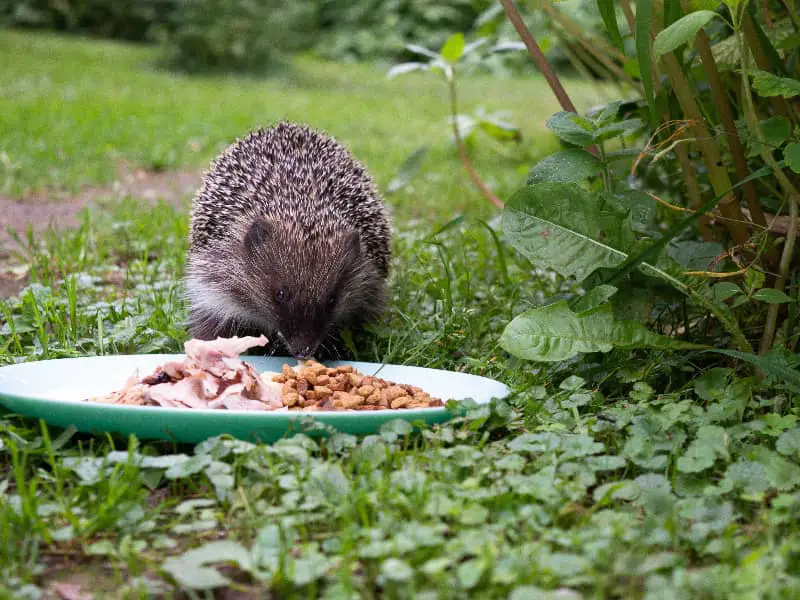
Make hedgehog food yourself
The autumn season is here, and with it the prickly garden dwellers, the hedgehogs, are coming back in search of food in greater numbers. In today's world, it is not always easy for these little creatures to find enough food. Therefore, "making hedgehog food yourself" is a topic that should not only interest animal lovers. In this blog post you will get a comprehensive guide to the topic, from the basics of hedgehog nutrition to simple recipes and frequently asked questions.
Why is it important to help hedgehogs?
Hedgehogs are useful animals that live in our gardens and play an important role in the ecosystem. They eat pests and thus maintain the natural balance. Unfortunately, they are increasingly endangered by the ongoing urbanization and the use of pesticides. Feeding stations can help hedgehogs survive the winter well.
The importance of hedgehogs in the ecosystem cannot be underestimated. Through their contribution to pest control, they also enable healthier plant growth.
What do hedgehogs actually eat?
Hedgehogs are insectivores by nature. This means that they need a high protein and low fat intake to stay healthy. They like to eat worms, snails, spiders and various types of insects.
It is a common misconception that hedgehogs eat mainly fruits and vegetables. In fact, such a diet can even be harmful for them. Too much fruit, for example, can lead to diarrhea, which can be fatal for the little animals, especially in the cold season.
Blogpost overview
This blog post will provide you with a comprehensive guide on how to make your own hedgehog food. We will look at the basics of hedgehog nutrition, explain the benefits of homemade hedgehog food and also present simple recipes. There are also practical tips on preparation and feeding, as well as answers to frequently asked questions.
You will learn how to make your own hedgehog food mixes and what to look for when feeding them. With this you can help the hedgehogs in your garden and support them optimally.
Basics of hedgehog nutrition
Nutrition plays an important role in the well-being of any living creature. For hedgehogs, these little garden dwellers, this is no different. Below you will learn everything you need to know about the basics of hedgehog nutrition.
Nutrient requirements
Hedgehogs need a balanced diet rich in proteins and low in fats. They are insectivores and benefit from a diet that meets their natural needs. Besides proteins, the need for vitamins and minerals is also important.
Fats should only be present in small amounts, as excess can lead to health problems such as obesity and cardiovascular disease. It should be remembered that hedgehogs do not necessarily eat the food that is best for them, but often what is most readily available.
What hedgehogs eat in nature
The diet of hedgehogs in the wild is primarily insects. They like to eat earthworms, larvae, beetles and other small animals. This makes them useful inhabitants in the garden, as they help keep the pest population in check.
However, hedgehogs are opportunistic eaters. This means that they will eat other foods when they are available, including fruits or small vertebrates. However, this type of food is not their main food source and can cause health problems if consumed in excess.
What hedgehogs should not eat
There are some foods and substances that can be harmful or even fatal to hedgehogs. Milk and dairy products are among them, as hedgehogs do not tolerate lactose well and can get diarrhea. Seasoned and salted foods are also not suitable.
Furthermore, hedgehogs should not have access to foods high in fat or sugar, as these can lead to rapid weight gain, which in turn causes other health problems. Even some natural foods such as onions or garlic can be toxic to hedgehogs and should be avoided.
Advantages of homemade hedgehog food
Homemade hedgehog food has many advantages. Besides the control over ingredients, cost efficiency and the possibility to use fresh and high quality food, there are other aspects that make homemade feed attractive.
Control over the ingredients
If you make hedgehog food yourself, you know exactly which ingredients are included. This is especially important to ensure that the food meets the hedgehogs' specific nutritional needs. You can ensure high quality standards and avoid unwanted additives such as preservatives or artificial flavors.
This also allows you to adapt the food to the special needs of hedgehogs that are allergic or sick, for example. So you have full control and can do the best for the prickly garden inhabitants.
Cost efficiency
Ready-made hedgehog food can be expensive, especially if they are specialized products with high quality standards. You can save money by preparing the food yourself. Often the necessary ingredients can be purchased in larger quantities at a lower price.
In particular, you can use seasonal ingredients or take advantage of current offers. This makes feeding the hedgehogs not only more effective, but also more cost-efficient.
Freshness and quality
Homemade food is usually fresher than store-bought products, which often contain preservatives to ensure a longer shelf life. Fresh ingredients are not only tastier, but also provide more nutrients.
Being able to choose the quality of the ingredients yourself is also a big advantage. You can choose organic products or make sure that the ingredients are free from pesticides and other harmful chemicals.
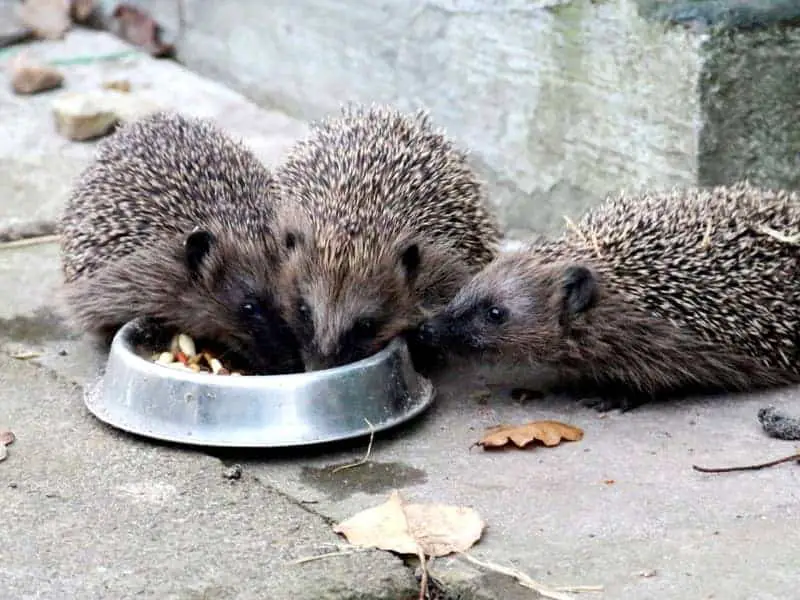
Simple recipes for hedgehog food
Making hedgehog food doesn't have to be complicated. With just a few ingredients and a little time, you can prepare high-quality meals for the prickly inhabitants of your garden. In this section we present you with simple and nutritious recipes for dry food, wet food and an insect mix.
Standard mixture for homemade hedgehog food
The standard mixture is made quickly, but does not keep long, maximum three days. For a simple mixture you need:
- 400 g high quality wet cat food
- 100 g tender oat flakes
- 3-4 tablespoons of high quality cooking oil
- approx. 50 ml water
Mix the ingredients carefully and make sure that the oatmeal is well soaked. Store the mixture in an airtight container and put it in a cool place (refrigerator). Bring the desired amount to room temperature before feeding. Feed the hedgehogs a small amount and observe how they respond. If the food is well received, you can use it as a main food source.
Everything fresh recipe
Fresh wet food is popular with many hedgehogs and is easy to make yourself. For a simple wet food recipe you need:
- Chicken or beef (cooked and unseasoned)
- Vegetables like zucchini or carrots (cooked)
- Insects (fresh or dried)
Chop the meat and vegetables into small pieces and mix them with the insects. The mixture should consist of about 60% of meat, 20% of vegetables and 20% of insects. This wet food should be consumed within 24 hours and cannot be stored for long.
Insect mixture
Insects are the hedgehogs' natural food source and therefore should not be missing. A simple insect mixture can consist of the following ingredients:
- Fresh or dried mealworms
- Barbecue
- Locusts
The insects can be offered individually or in a mixture. However, they should not be the only food source, as they are rich in protein but poor in other important nutrients.
Feeding instructions
While it is important to have good food, the way you feed the hedgehogs is just as critical. Feeding should be controlled and sustainable to ensure that the hedgehogs get all the nutrients they need without taking health risks.
How often and how much?
Feeding frequency and quantity depend on various factors, including the time of year, the hedgehog's health and age. In general, an adult hedgehog needs about 100 to 150 grams of food per day.
During the hibernation period, feeding can be stopped altogether, as hedgehogs are not active during this time. However, young or underweight hedgehogs might need more food to stay healthy.
Best practice for feeding
It is advisable to keep the feeding site clean and tidy to prevent the spread of disease. Leftover food should be removed daily and the feeding station should be cleaned with hot water.
Avoid feeding with your hands so as not to habituate the hedgehogs to humans. A shallow dish or plate is best for feeding as they are easily accessible to the hedgehogs.
When to feed
Hedgehogs are crepuscular and nocturnal, so late afternoon or early evening is the best time to feed. Place the food in a quiet, safe place where it is less accessible to other animals such as dogs or cats.
A good time for feeding could also be the time before the hedgehogs start their hibernation. By giving them extra food, they can build up fat reserves that will get them through the winter.
Conclusion: make your own hedgehog food
Feeding hedgehogs can be an enriching experience and allows us to do something good for these interesting animals in our gardens. Homemade hedgehog food offers numerous benefits, from control over ingredients to cost effectiveness. Simple recipes for dry food, wet food and insect mixes make it possible to provide a balanced diet that meets the specific needs of hedgehogs.
However, feeding instructions should not be neglected. How often and how much you feed, as well as the recommended procedures for feeding, are critical to hedgehog health. By following these guidelines, you can ensure that you are helping the hedgehogs in your yard in the best way possible.
Overall, it shows that with a little research and preparation, each of us can contribute to the conservation and well-being of these fascinating creatures. So the next time you notice a prickly visitor in your garden, now you know how best to care for them.
Author

-
Garden animal - A life with nature
Welcome to my animal blog! My name is Dirk and I am happy to take you on my journey through the fascinating world of animals and gardening.
Born 54 years ago, I have had an insatiable curiosity for the animal world around me since childhood. Although I have moved professionally in other industries, my true passion has always been animals and nature. It is remarkable how a small garden has become such an important part of my life.
Many of my fondest memories are associated with the animals that share our home. Whether it's the curious squirrels that scurry across the trees in the morning, the colorful variety of birds that visit our feeders, or the busy bees and butterflies that pollinate our flowers, every moment with them is invaluable to me.
This blog is my contribution to share my experiences, discoveries and insights with like-minded people. Here I will share stories of unforgettable encounters with animals, give tips on gardening and creating wildlife-friendly habitats, and take you on my journeys through nature.
Thank you so much for being here!
Cordial,
Dirk aka garden animal
Last posts
- 27. February 2024PetsVeganes Hundefutter – Grün und Gesund?
- 18. January 2024ChickensOregano für Hühner
- November 27, 2023HamsterDiurnal hamsters
- November 24, 2023HamsterHamster hammock

